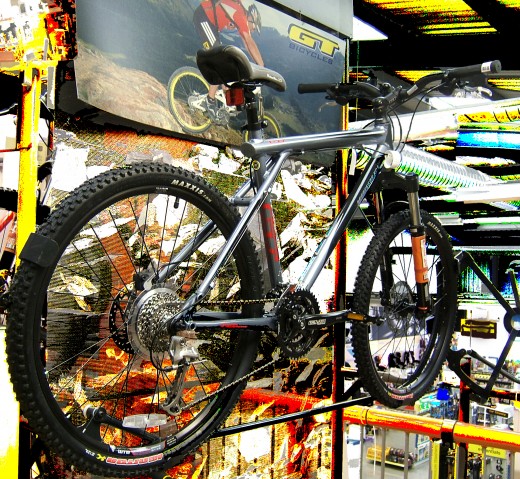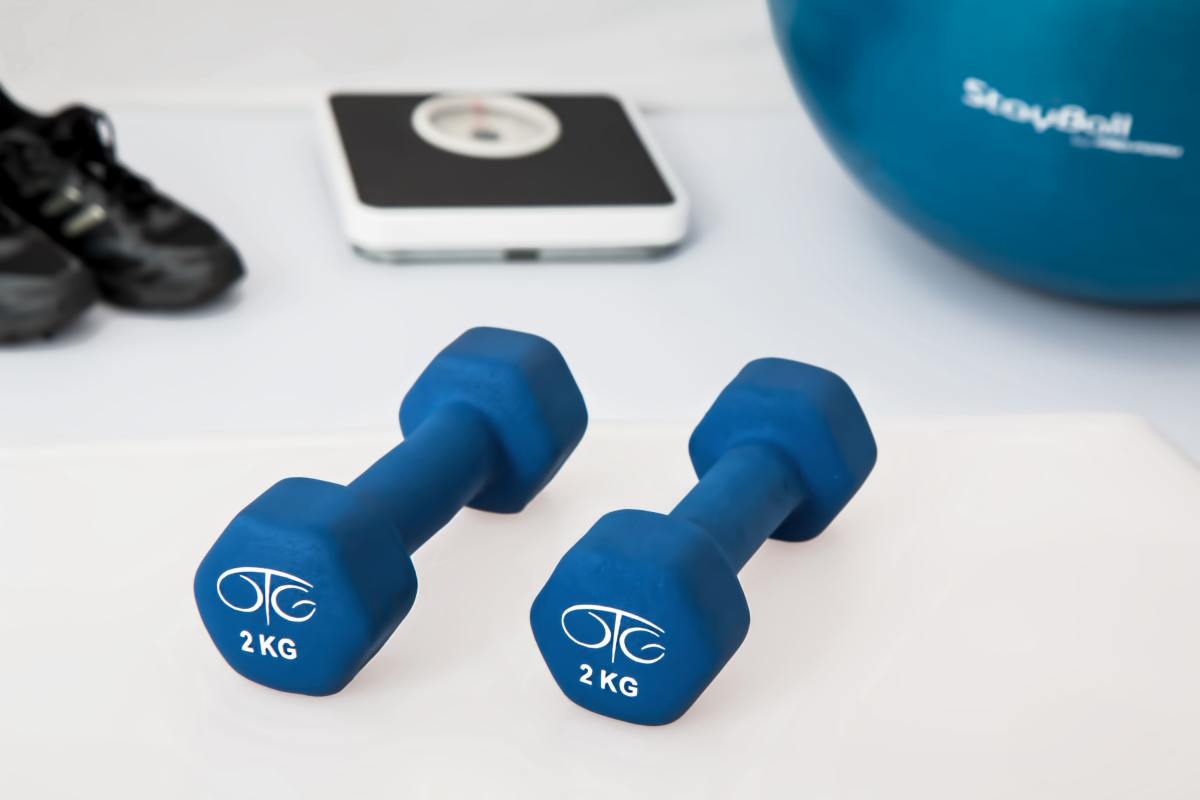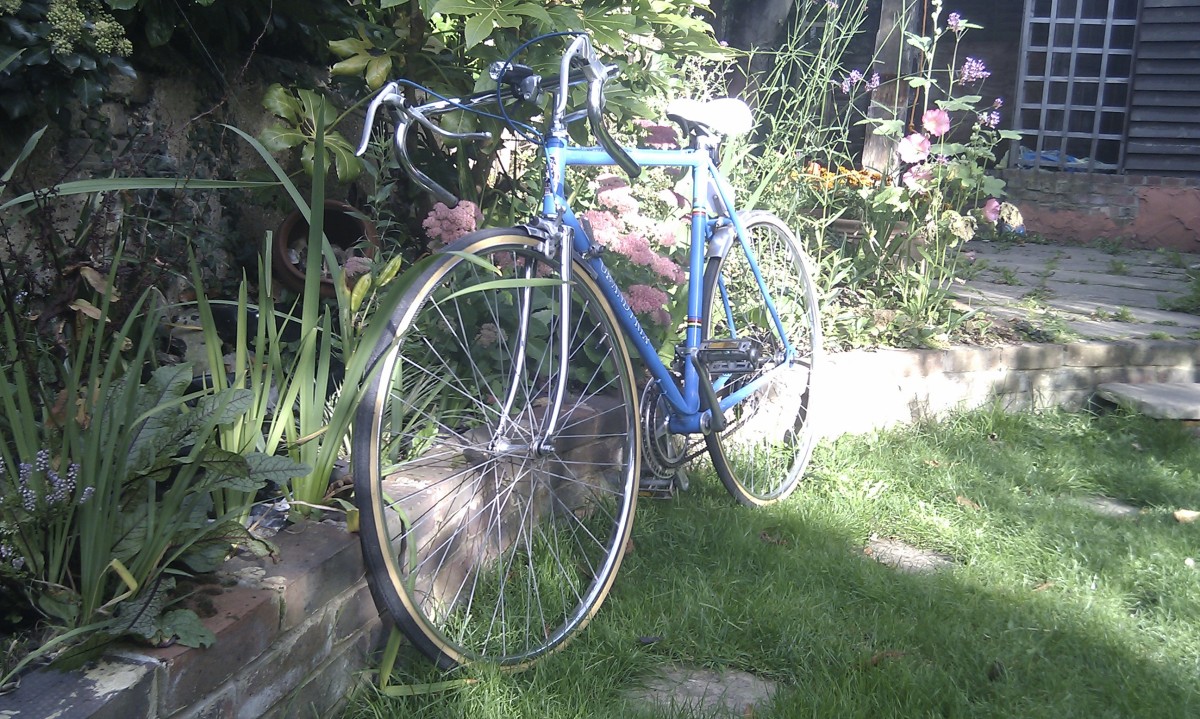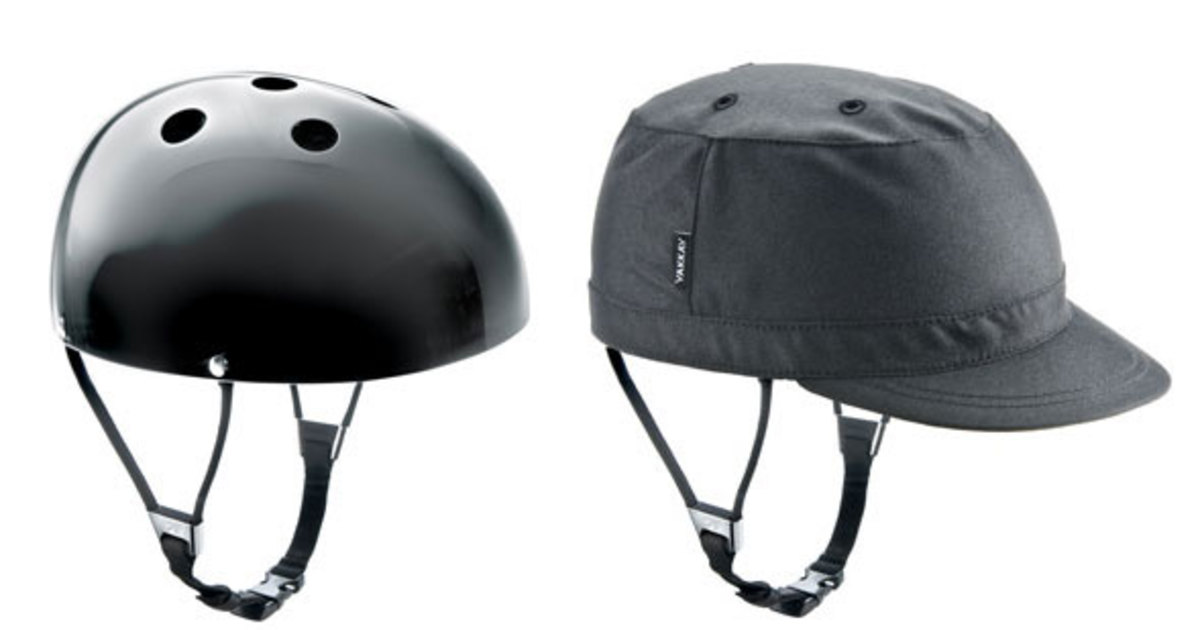Mountain bikes, beginners basics.
This article is intended as the beginner’s basics for mountain biking.
Understanding more about it as a sport will enable you to enjoy it more as well as being better at it.
Mountain bikes have developed into being some of the strongest, most rugged bikes you can find anywhere. The main reasons these bikes have become so strong is because they need to be as they are ridden on terrain that is very tough, including dirt tracks, steep hills and rocky surfaces. The smooth open road is not the pace where you will find mountain bikers they will be found mostly on dirt tacks, mountainous and hilly areas on tough uneven terrain that would quickly destroy a normal bicycle and be quite uncomfortable to ride. Mountain bikers are often thrill seekers trying to find the ultimate adventure and this puts great strain on the machines to perform at their best. That is why manufacturers are in constant competition with each other to build lighter, faster, stronger, more durable machines for the enthusiast because they are needed and their business depends on it.

These bikes have thicker, fatter, more robust and durable tires than a normal bike would have. They use many different rubber compounds and materials to give the rider more traction, control and comfort as well as safety against the ruff terrain’s they encounter.
Suspension is another must have and essential feature of many modern mountain bike machines. A strong suspension system is essential for a mountain bike so that the rider can better handle the ups and downs that occur when riding on uneven terrain.

There are several different categories of Mountain bikes that are based on the type of suspension incorporated into them. These incorporated classifications are front and back dual suspension types, front suspension hard tails, rear soft tails and fully rigid no suspension bikes. Suspension bikes have either front, rear, or dual suspension systems.
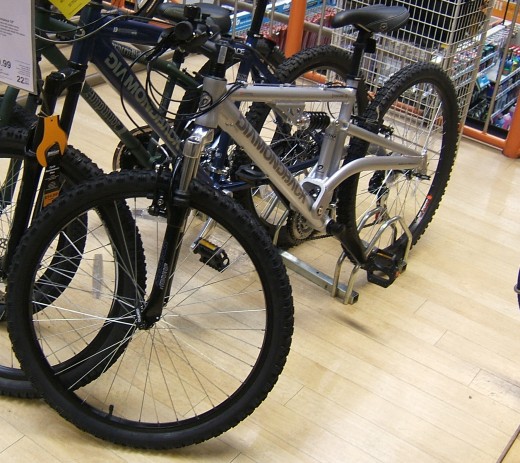
The materials used to build these bikes are lighter in weight but very resilient and are the norm for a cross-country mountain bike. Many cross-country bikes are often between 20-40 pounds, the lighter the better but this also is dependent on your needs. The all round mountain or Enduro bike will most often be of heavier construction than the cross-country bike. These bikes often have a weight range of 30-35 pounds. They also feature suspensions that will enable you to maneuver sharp hairpin bends and climb steep hills with greater ease.
The free ride mountain bike uses heavier and stronger materials in the build. These are usually made to enable pedaling to be easier, so you can move around any obstacles that are in your way and maneuver sharp turns. The weight of these bikes is most often around 45 pounds making them less efficient over other cross-country bikes.
On the downhill tracks and racecourses, you will be best choosing different style of mountain bike. Downhill mountain bikes offer greater traction than the other machines giving maximum control and speed to the rider.
With short distance riding a trial bike is going to be the right choice. These machines have no suspensions, seats or vestigial pad. This makes them very much lighter than the other styles and able to produce greater speeds weighing in at between 20-25 pounds.
You will also find other machines on the market that are tailored for Dirt Jumping, Street tricks and Urban Bikes. These bikes vary extremely with features and gear systems that can be anywhere between one and twenty seven gears, with a chain guides for the front and rear sets.
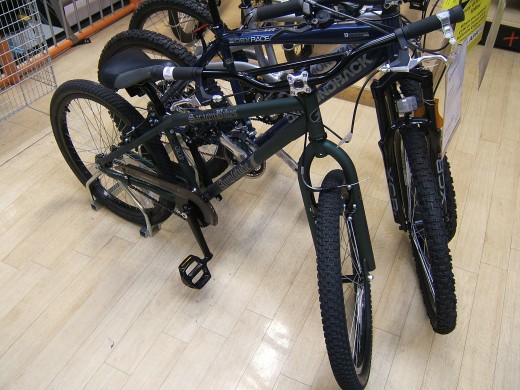
Many popular brand name bikes are, Trek, Specialized, Giant, Rocky, to name just a few of the more popular ones but there are literally thousands of different bikes in the market place.
More tricks from Danny MacAskill, following the journey from Edinburgh to Dunvegan, his hometown in the Isle of Skye.
